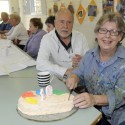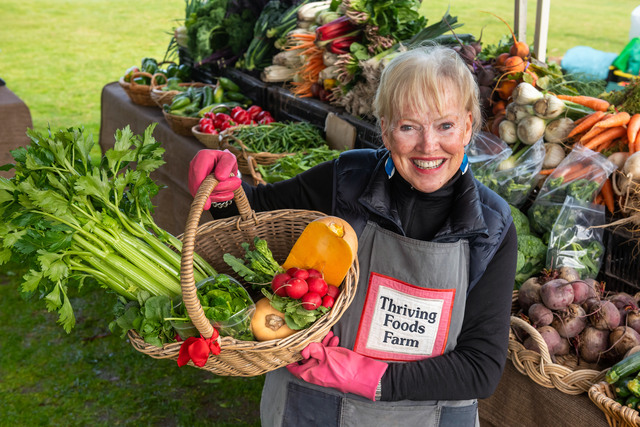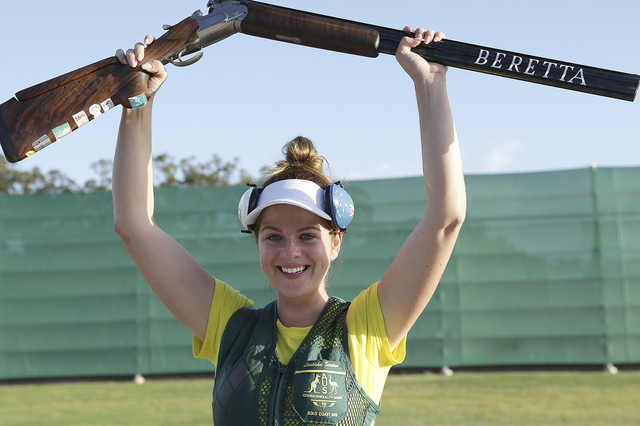By CAM LUCADOU-WELLS
ANNE Atkin still keeps on forging new ground.
Ten years after pioneering a Painting with Parkinson’s class in Berwick and writing several books, Ms Atkin, 65, is poised for radical brain surgery to allay her illness’s paralysing effects.
Her books on the illness match her philosophy – that you have to have a life.
“You never, never know if you don’t have a go,” she says.
In June, Ms Atkin will take another giant step – being surgically wired with a neurotransmitter connected from her collarbone to the centre of her brain.
She describes it as like a heart pace-maker. Its pulses of electricity will help correct Ms Atkin’s muddied neural signals.
It’s a treatment not a long-awaited cure, she stresses. It possibly means five years of less medication, less fatigue and freer movement.
It may be a temporary allayment of her regular frustration.
“Some days it’s like walking through deep mud. That’s what the air feels like,” she says.
“Your feet just stick to the floor.”
The accomplished artist jokes that she’s had to explore more abstract painting. Her painting-hand’s shakes don’t matter so much then, she says.
She speaks passionately of teaching up to 20 class members the basics of creating art – colour, tone and composition.
But it’s all light-hearted on the ground.
“A lot of people say they can’t believe it’s a support group – it looks like a party.
“It’s nice to talk with someone who knows exactly how you feel.”
The class starts with a chat over cake, some brain exercises and then painting – all of which have therapeutic effects for a disease that marches on without a cure.
Members discover they can paint and also find a stillness to their trembling hands while they focus on a creative task.
Several members can testify to the benefits, yet the group runs without any government funding.
It says much for Ms Atkin’s drive that the concept has branched out to seven groups across Victoria.
With funding, she could extend the group to include Alzheimer’s patients – who also benefit from art classes.
Ms Atkin points out medical research into Parkinson’s is small compared to other neural disease.
“We still don’t know what causes it. There’s three groups of people where it’s most common – farmers, teachers and medical staff.
“It’s getting more common and people are getting younger (when diagnosed).
“Imagine someone in their late 40s with a mortgage, teenage children, no longer being able to work.
At 50, Ms Atkin slowly developed a hunch and lost movement in one arm. It was at that point an aunt advised she could have Parkinson’s – an affliction that Ms Atkin had never heard about.
She tried to carry on teaching for several months but was needing to sleep at lunchtime to take afternoon classes.
People’s symptoms include 33 non-motor ones, such as breathing difficulties, fatigue, excessive sweating, digestive problems and mental loss, and any of four motor symptoms – tremor, rigidity, core balance and slowness of movement.
The only motor symptom Ms Atkin doesn’t have is a tremor – which made it difficult to diagnose at first.
Some doors of her life have closed, but others have opened – such as founding Painting with Parkinson’s, writing books on the illness and having morning tea with a Governor-General.
“I love the group and I love doing what I do.”
Ms Atkin has a solo art exhibition booked for July. She will be then just putting the finishing touches on a book about her brain surgery.
Her next focus is to be granted one of City of Casey’s gallery spaces to display her group’s works.
“It’s a confident group. These people are really good at what they’re doing.”







